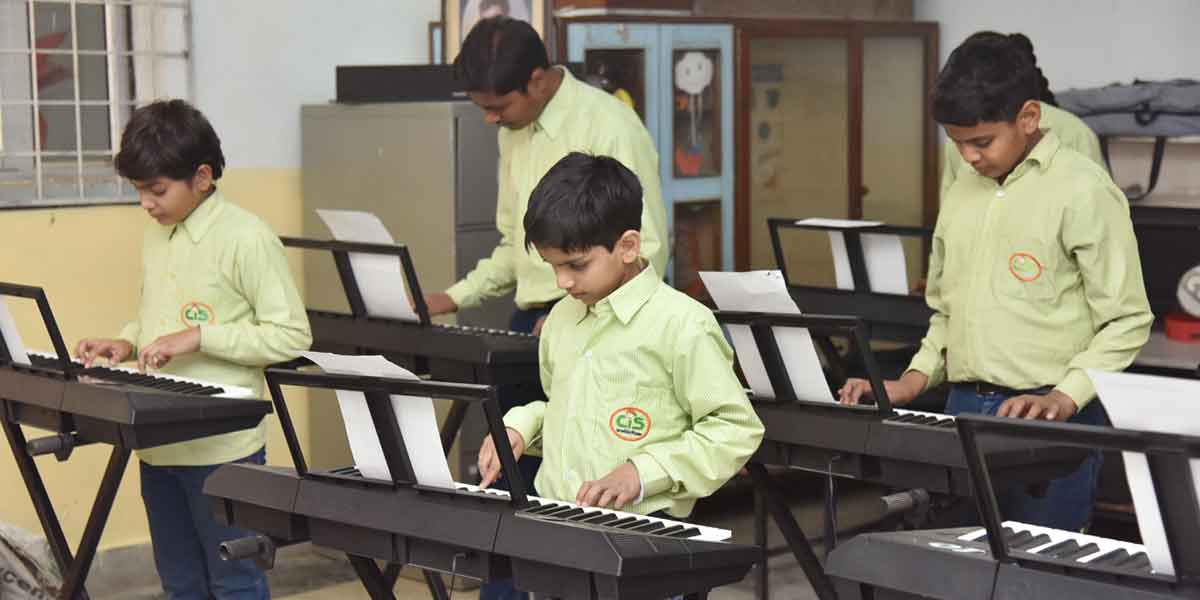
Step into any classroom and you will hear it, the subtle sorting that shapes a child’s sense of worth. “These are the advanced learners.” “Those are the weak ones.” “This group is still catching up.” It sounds harmless, even helpful. But behind it lies an idea that quietly limits millions of children: that learning must be differentiated by ability.
Even flowers on the same bush bloom at different times. But no gardener separates them into “fast bloomers” and “slow bloomers.” They are given the same sunlight, soil, and care and they all grow, in their time. So why do we treat children differently?
The promise of Differentiated Learning, tailoring lessons to meet each child’s level, sounds compassionate. But in practice, it often reinforces divisions it aims to erase. The moment we decide who’s “ready” for what, we stop believing that all can rise together. We stop trusting in children’s collective potential.
In a typical class, differentiation means three versions of the same task, “basic,” “standard,” and “advanced.” It looks organized on paper. But in reality, the labels stick. The “advanced” children race ahead; the others internalize inferiority. Once a child sees themselves in the “lower group,” they rarely climb out. The system has quietly told them: You belong here.
The irony is, research shows that children learn faster not when separated, but when learning with peers of different strengths. A child explaining a concept deepens their own understanding. The one listening gains from hearing it in the language of another child. The process is mutual, dynamic, alive.
That is why approaches like ALfA (Accelerating Learning for All) turn the very logic of differentiation upside down. Instead of meeting children at their “level,” ALfA lifts everyone up by pairing students. They teach, question, and correct one another. The focus is not on ability, but on interaction. The classroom becomes a living laboratory of collaboration, where every child teaches, every child learns, and every child grows.
Data is conclusive too. The results are striking. Children who were once “behind” catch up faster than expected. “Advanced” students stop coasting. They break the glass ceiling, and they begin thinking critically. The labels blur, and the classroom starts to look more human.
Differentiated learning assumes gaps are fixed and must be accommodated. But ALfA-style collaboration assumes the opposite: that gaps are fluid, and can be bridged when learners engage with one another. The role of the teacher shifts from sorter to facilitator, in fact galvaniser, one who nurtures collective curiosity rather than manages individual tracks.
Let’s pause on that word, “fairness”. In education, we have mistaken sameness for fairness, and then tried to fix it with differentiation. We say, “Let’s give each child what they need,” but what they really need is belief. Belief that they can learn fast, together, without being boxed into categories that quietly cap their growth, and in the guise of meeting children at their level, they lower the level itself. Worse still, they prejudice a child’s thinking about their own abilities. These implied comparisons hold back the potential of many more children than those it helps grow.
Differentiation, at its heart, is a system of control. It tells the teacher who’s “ahead,” who’s “behind,” and who needs “remediation.” It tries to make teaching efficient, but at the cost of making learning unequal. Real learning is messy, communal, and unpredictable. It thrives in interaction, not isolation.
When a child is always given “simplified” material, we deny them the chance to struggle — and growth comes only through struggle. When they are told they’re “gifted,” we deny them the chance to fail, and humility comes only through failure. Differentiation tries to protect both, but in doing so, it weakens both.
So, what’s the alternative? A collaborative classroom that embraces the natural variability of a class instead of organizing around it; where children learn from differences, not segregated by them. And, where pairs or small groups learn the same concept, but through dialogue and experimentation. Imagine a math class where every child tackles the same problem, not in silence, but in conversation. One explains, one questions, both make meaning, and learn deeper together. Imagine a language class where students correct each other’s writing, not as competition, but as shared progress. Both grow more.
This doesn’t mean abandoning structure or standards. It means redefining what mastery looks like. Instead of asking, “Did this child reach the benchmark?” we ask, “Did every child contribute to another’s learning today?” Because the true mark of understanding is not a score, it is the ability to help someone else understand. That’s also what equity looks like in action, not customized tasks, but collective understanding.
Differentiation may have been born out of compassion, but it is time we admit its unintended harm. It fragments classrooms into hierarchies. It tells children they are unequal. And it forgets that learning is, at its heart, a shared act, not an individualized one.
The future of education will not be decided by how well we separate learners, but by how courageously we unite them. So maybe the question isn’t: How do we differentiate instruction? Maybe it is: How do we reimagine classrooms so that every child blooms, together?
Because the truth remains: even flowers of the same kind bloom at different times. The gardener’s job is not to separate them, but to ensure that every one of them gets the sunshine and the chance to blossom.